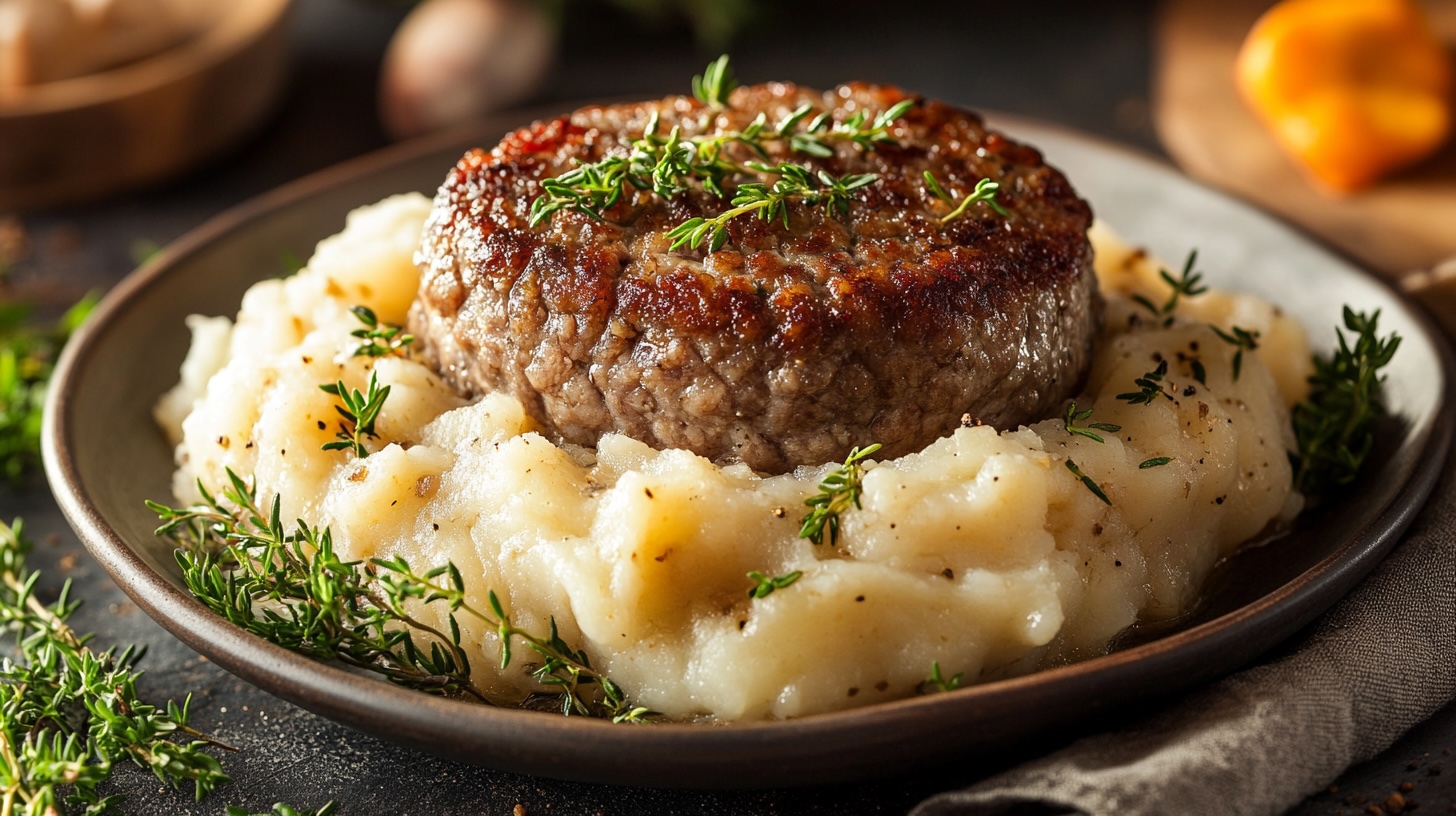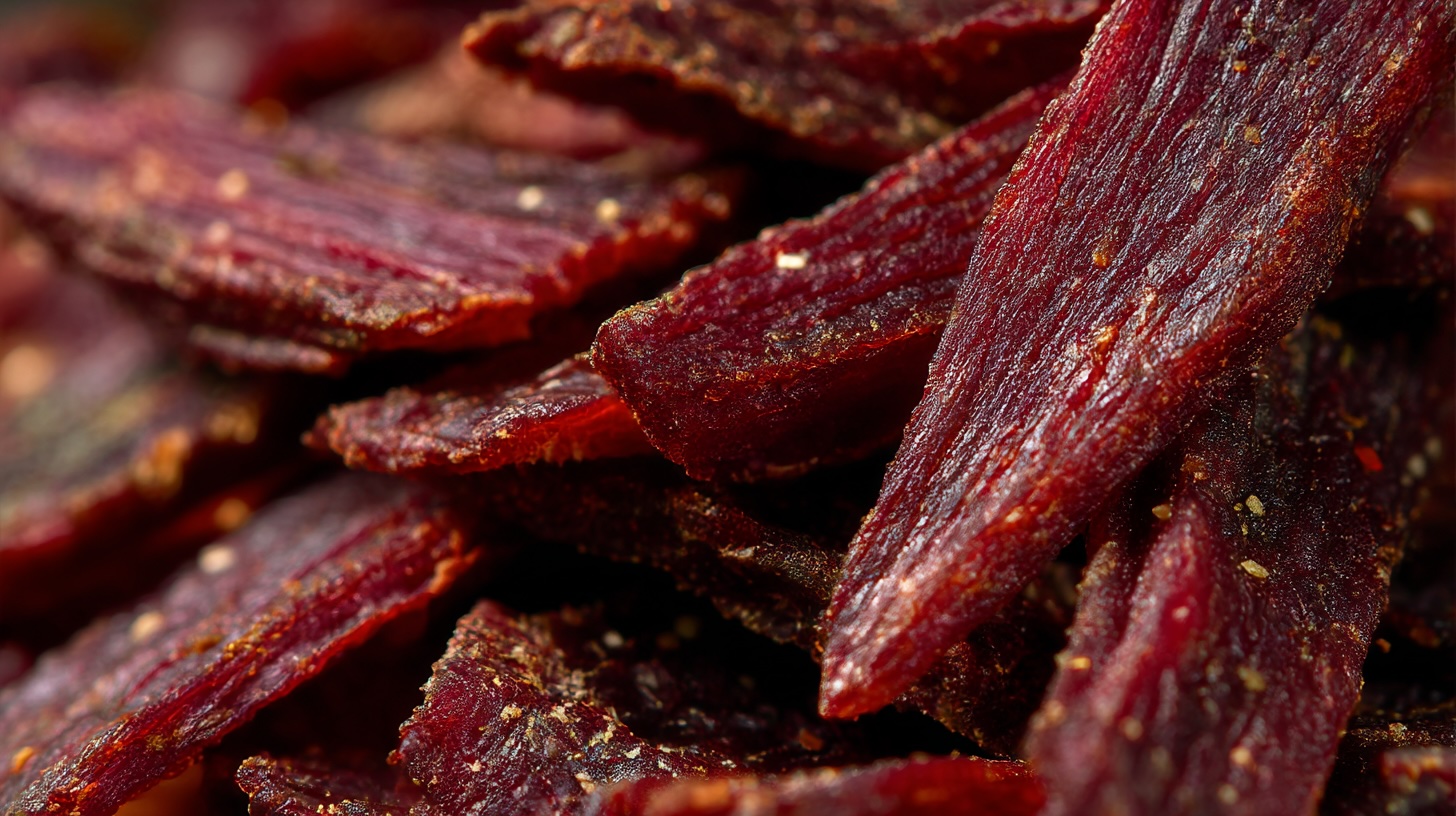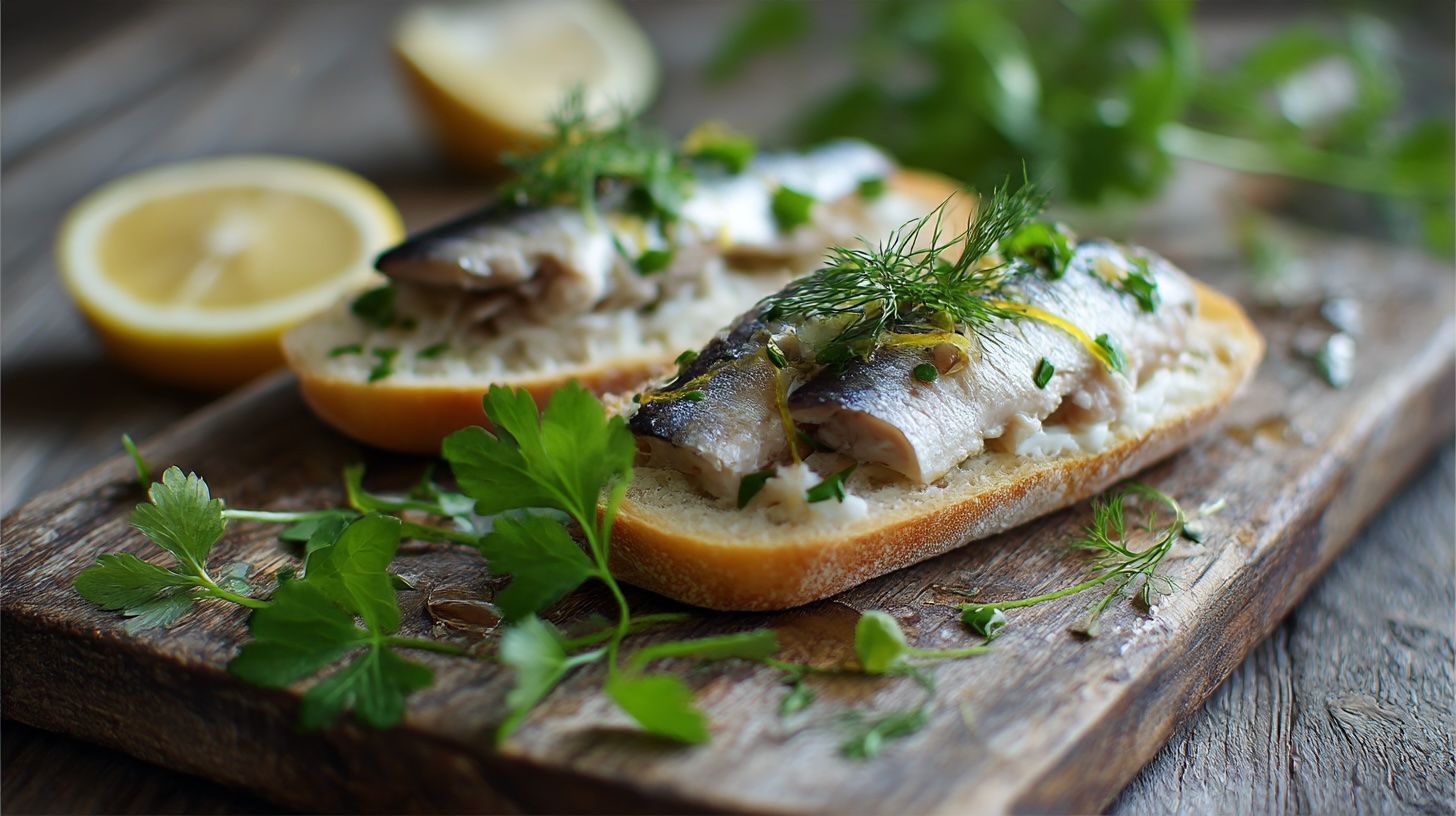Haggis Unwrapped: A Celebration of Scotland’s Most Iconic Dish
Haggis is Scotland’s culinary icon—a dish that’s as much a symbol of tradition as it is a source of curiosity (and, sometimes, apprehension) for those unfamiliar with it. Despite its humble ingredients, it packs a punch of flavour and cultural significance. Let’s dive into the rich history, variations, and, yes, even some drink pairings to do justice to this beloved dish.
A Brief History of Haggis: From Necessity to National Treasure
Haggis has been a part of Scottish cuisine for centuries, its origins rooted in practicality. Historically, it was a way to utilise every part of a butchered animal, a skill honed by thrifty farmers and cooks. By combining minced sheep’s offal (heart, liver, lungs) with oats, onions, suet, and spices, they created a nourishing and affordable dish. Encased in a sheep’s stomach and boiled to perfection, haggis was both a celebration of resourcefulness and a means to reduce waste.
While its exact origins remain debated (some argue it may have been inspired by similar dishes across Europe), haggis truly came into its own in Scotland. The 18th-century poet Robert Burns immortalised it in his “Address to a Haggis,” cementing its place in the nation’s cultural identity. Today, it is celebrated every January 25th during Burns Night, when Scots worldwide gather to toast the “great chieftain o’ the pudding-race.”
Regional Variations
The classic recipe for haggis remains largely unchanged, but regional and modern twists have emerged. Traditional version uses sheep’s pluck (offal), oatmeal, suet, onions, and a carefully balanced mix of salt, pepper, and spices like nutmeg and allspice. The mixture is stuffed into a natural casing—historically a sheep’s stomach—and boiled or steamed.
In contemporary kitchens, you might find vegetarian or vegan haggis made with lentils, beans, nuts, and vegetables. These versions retain the hearty texture and spice mix of the original, making them an inclusive alternative for plant-based eaters.
Regional adaptations include more luxurious variations, such as venison haggis or those flavoured with whisky for added depth. In some parts of Scotland, you might encounter haggis bonbons—bite-sized portions rolled in breadcrumbs and deep-fried, perfect for snacking.
Drinks to Pair with Haggis
Pairing haggis with the right drink can transform your meal into a true celebration of Scottish culinary tradition. Whisky, naturally, takes centre stage. A peaty Islay whisky complements the smoky, savoury notes of haggis, while a Speyside single malt offers a sweeter, fruitier contrast.
Beer is another excellent choice. A robust ale or stout pairs beautifully with haggis’s hearty flavour, while a crisp lager can provide a refreshing counterpoint. For those avoiding alcohol, a sparkling elderflower or ginger ale brings a pleasant sweetness and zing.
Foods to Serve Alongside
No discussion of this wonderful sausage is complete without its classic accompaniments: neeps and tatties. Neeps (mashed swede or turnip) and tatties (mashed potatoes) are served generously alongside the haggis, their creamy and slightly sweet flavours balancing the dish’s richness.
Modern haggis pairings often include a drizzle of whisky cream sauce for extra indulgence. For a lighter twist, serve haggis over a bed of greens or as a filling in baked potatoes. Haggis-stuffed chicken, also known as “chicken Balmoral,” is another beloved variation, typically served with a rich gravy.
Haggis Recipes
Here’s a detailed recipe for traditional version, as well as a vegetarian one for those seeking an alternative. While making haggis from scratch can be a rewarding challenge, some steps may require a bit of preparation or sourcing specific ingredients.
Traditional Haggis Recipe
Ingredients:
- 1 sheep’s pluck (heart, liver, lungs) and trimmings
- 1 large sheep’s stomach (cleaned thoroughly)
- 2 large onions, finely chopped
- 1 cup oatmeal (steel-cut oats preferred)
- 1/2 cup suet or beef fat
- 1 tsp salt
- 1 tsp black pepper
- 1/2 tsp nutmeg
- 1/2 tsp allspice
- Water for boiling
Method:
- Prepare the Pluck: Rinse the sheep’s pluck and place it in a large pot. Cover with water and simmer for about 2 hours. Skim any scum that rises to the surface. Allow it to cool slightly, then finely mince the cooked pluck.
- Toast the Oatmeal: In a dry skillet, lightly toast the oatmeal until golden and aromatic. This adds a nutty flavour to the haggis.
- Mix the Ingredients: In a large mixing bowl, combine the minced pluck, toasted oatmeal, chopped onions, suet, salt, pepper, nutmeg, and allspice. Add a ladleful of the cooking broth to moisten the mixture.
- Stuff the Stomach: Fill the cleaned sheep’s stomach about two-thirds full with the mixture (leaving room for expansion during cooking). Sew the stomach closed tightly with kitchen twine.
- Cook the Haggis: Place the stuffed stomach in a large pot of boiling water. Reduce the heat to a simmer and cook for about 3 hours. Prick the stomach occasionally to release steam and prevent it from bursting.
- Serve: Slice the haggis and serve with neeps, tatties, and a whisky cream sauce if desired.
Vegetarian Haggis Recipe
Ingredients:
- 1 cup cooked lentils
- 1 cup rolled oats
- 1 large onion, finely chopped
- 1 carrot, grated
- 1 parsnip, grated
- 1/2 cup mixed nuts (e.g., walnuts, hazelnuts), finely chopped
- 1/2 cup mushrooms, finely chopped
- 2 tbsp vegetable oil
- 1 tsp salt
- 1 tsp black pepper
- 1/2 tsp nutmeg
- 1/2 tsp allspice
- 1/2 tsp thyme
- 1/2 tsp smoked paprika
- 2 tbsp soy sauce
- 1/4 cup vegetable stock
Method:
- Sauté the Vegetables: Heat the oil in a large skillet. Sauté the onions, carrots, parsnips, and mushrooms until softened.
- Combine the Ingredients: In a large bowl, mix the cooked lentils, rolled oats, chopped nuts, and sautéed vegetables. Add the salt, pepper, spices, soy sauce, and vegetable stock, stirring until well combined.
- Shape the Haggis: Form the mixture into a loaf shape and place it on a lined baking tray. Alternatively, use a heatproof casing like parchment paper to mimic a traditional haggis shape.
- Bake: Preheat your oven to 180°C (350°F). Bake the haggis for about 40-50 minutes until firm and lightly browned on top.
- Serve: Slice the vegetarian haggis and serve with traditional accompaniments like neeps, tatties, and a vegetarian-friendly gravy or whisky sauce.
Both recipes pay homage to the robust flavours and hearty texture of traditional haggis. Let me know if you’d like more tips or variations!




1 comment